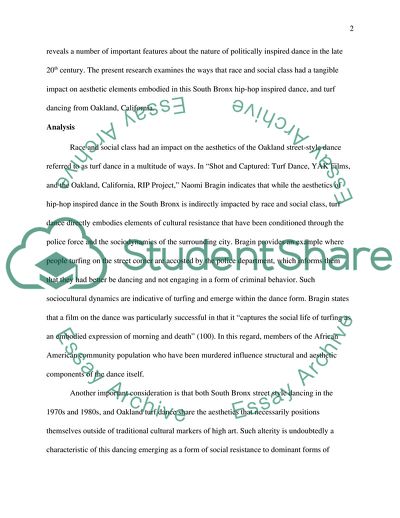Cite this document
(The Aesthetics of Dance Essay Example | Topics and Well Written Essays - 1500 words, n.d.)
The Aesthetics of Dance Essay Example | Topics and Well Written Essays - 1500 words. https://studentshare.org/culture/1878956-paper-for-dance-culture-and-contexts-class
The Aesthetics of Dance Essay Example | Topics and Well Written Essays - 1500 words. https://studentshare.org/culture/1878956-paper-for-dance-culture-and-contexts-class
(The Aesthetics of Dance Essay Example | Topics and Well Written Essays - 1500 Words)
The Aesthetics of Dance Essay Example | Topics and Well Written Essays - 1500 Words. https://studentshare.org/culture/1878956-paper-for-dance-culture-and-contexts-class.
The Aesthetics of Dance Essay Example | Topics and Well Written Essays - 1500 Words. https://studentshare.org/culture/1878956-paper-for-dance-culture-and-contexts-class.
“The Aesthetics of Dance Essay Example | Topics and Well Written Essays - 1500 Words”. https://studentshare.org/culture/1878956-paper-for-dance-culture-and-contexts-class.


